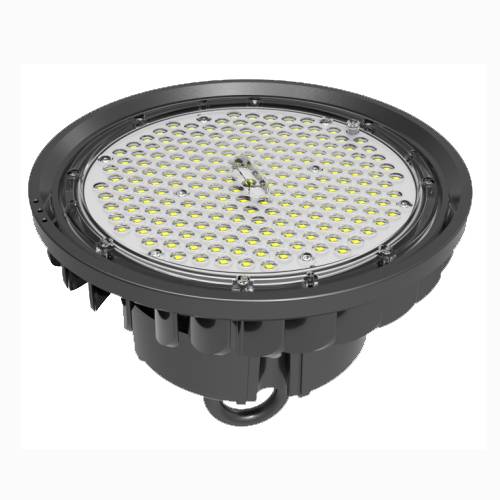Job Costing Meaning, Example What is Job Costing in Accounting?

This type of costing is useful for the firms producing not identical products. Manufacturing firms use this method https://business-accounting.net/ to control use of raw material, equipment and working hours and they will allocate the costs accordingly.
- There are Terms of Reference from the customer or client.
- However, several work-in-process inventory accounts are typically used in a process costing system to track the flow of product costs through each production department.
- Each job or work for the production is considered a separate item.
- The project manager expects to work full time during that period, at a rate of $500 per day.
- By using a job costing software, bookkeepers can run the system quite smoothly.
With job costing, manufacturers can optimize their production efficiency. Job costing may assess all costs involved in a construction “job” or in the manufacturing of goods done in discrete batches. The labor cost of a job is ascertained based on job cards. A circulating job card is issued with each job to record the labor hours spent on different operations and the total labor cost on completion of the job. The unit of costing, under any job costing system, is a job or specific work order. Manufacturing Overhead includes the costs of work in progress B, the overhead for depreciation, utilities and insurance, and the sales commissions expenses. From the total of $ 952,000, accountant deducts the cost of work in progress A and work in progress B.
Additional Resources
ERP platforms bring together modules from across the business so data, such as information from human resources, inventory management and supply chain management, all live in one digital space. Real-time cost information is a difference-maker for businesses working on high-stakes projects. Additionally, job costing helps automate revenue recognition and monitor and report on profitability. In a job costing environment, non-direct costs are accumulated into one or more overhead cost pools, from which you allocate costs to open jobs based upon some measure of cost usage. The key issues when applying overhead are to consistently charge the same types of costs to overhead in all reporting periods and to consistently apply these costs to jobs. Otherwise, it can be extremely difficult for the cost accountant to explain why overhead cost allocations vary from one month to the next. It determines the total overhead costs and then identifies the cost for the project or specific job.
This might include direct, indirect, production, operating, & distribution charges incurred for business operations. Incurred Cost refers to an expense that a Company needs to pay in exchange for the usage of a service, product, or asset. Knowing he can rely on his accountant, Roy begins to contact prospect customers and former peers. Job costing helps in adoption of predetermined overhead rates which again helps in the application of budgetary control system. The profitability margin for each job is determined by the total cost of the inputs consumed by that particular job. So, each job has its own costing and setting of the profits thereof.
Job costing
Additionally, in the future, the construction company can better quote and plan for similar projects armed with specific, real-world examples. By analyzing how successfully you manage estimates, you can better price jobs in the future.
This is the software specially designed for the cost estimation of multiple jobs at the manufacturing unit. The production planning department issues Job Costing Definition a production order to the factory to manufacture a job. It is issued to the foreman of the concerned department and the costing department.
What is Job Order Costing?
The WIP inventory asset account is where the actual direct materials cost, actual direct labor cost, and estimated manufacturing overhead costs are recorded in order to determine the COGM. This can be clearly seen through a WIP Inventory T-account. Job costing, generally, means a specific accounting methodology used to track the expense of creating a unique product. Job costing forms have spaces to include direct labor, direct materials, and overhead. Manufacturing company ABC uses a job costing system to allocate job order costs at their actual value and track costs accurately to generate a profit. In January 2015, the company’s project manager prepared a yearly plan, estimating approximately $625,000 in overhead costs.
The manufacturing overhead rate is a rate that allocates overhead costs to the production of a good or service based on an allocation formula. These three inventory accounts are used to record product cost information for both process costing and job costing systems.
